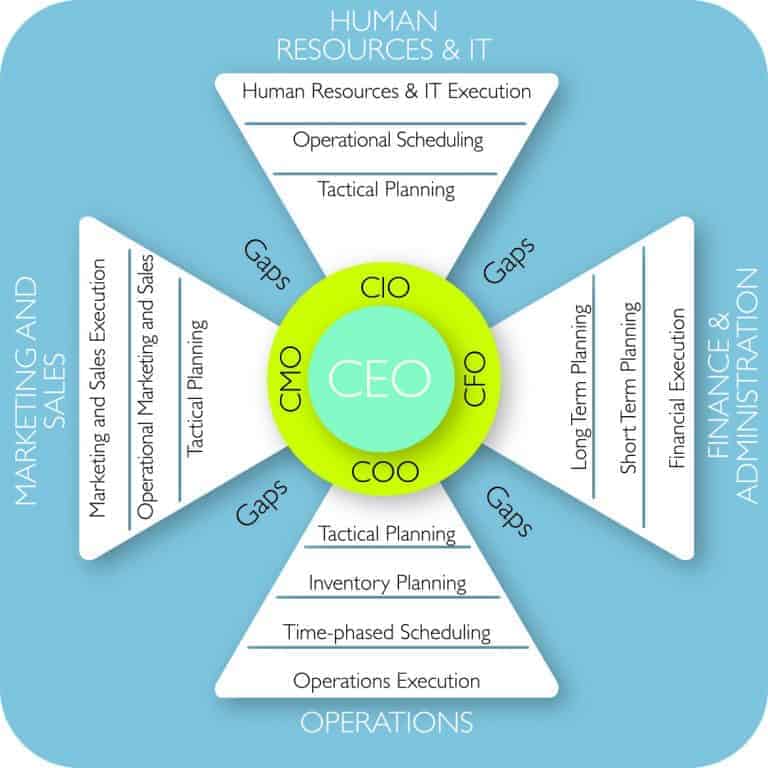Extract from the book “The 5-Star Business Network”, written by Vivek Sood
Secrets From Ancient Networks - Unchain Your Corporation

“Plus ça change, plus c’est la même chose”
Alphonse KARR, Les Guêpes 1849
Before we embark on the journey of exploration into the current realms of business networks, let us take a journey into the past.
A logical question always is whether all this is new or has this been done before. After all, as the quotation above says, the more things change the more they remain the same.
This is true of the business networks too. In a way, the networks we are talking about in this book are not new at all.
Some features, such as speed, trust building mechanisms, outcomes and science of network creation and harnessing are new.
However, similar networks have existed in formally or informally through the ages. And each time, they have been very effective in creating value for the participants, business community, and society in general.
In this chapter, let us briefly visit some of these networks through the centuries and see what we can learn from them. History is our best teacher.
At this point it is appropriate to note that we will keep these discussions of historical business networks brief, neutral and non-controversial.
The reason, besides efficiency, is that our objective is not a detailed study of characteristics, pros and cons, or even moral rectitude of the participants.
Rather, it is more mundane exercise in finding parallels with the current business networks and their key characteristics.
The silk route – a vast ancient business network

Without going too far back into the antiquity, let us start our journey at the silk route of the Middle Ages.
At its peak, the silk route extended nearly 4000 miles from the coast of China through the territories of China, Central Asia, India, Persia and Assyria to the Mediterranean coast of Levant and onwards by sea to
the fabled city of Venice and beyond. The term silk road creates an image of a road, perhaps even a boulevard traversed by a camel train laden with expensive cargoes and well protected by security.
The truth is, however, is far more complex.
In reality it was a complex network of caravans, camel trains, serais, traders, money lenders and ships extended across the known world of the time to carry merchandise as
diverse as silk, spices, wool, fabrics, tea, porcelain, carpets, ivory and other such items of high value. Each of the main cities in this network – Kashgar, Samarkand, Turfan, Baghdad, Tyre, Allepo or Alexandria –
was a veritable hub of activities related to trade facilitation.
The truth is, however, is far more complex.
In reality it was a complex network of caravans, camel trains, serais, traders, money lenders and ships extended across the known world of the time to carry merchandise as diverse as silk, spices, wool,
fabrics, tea, porcelain, carpets, ivory and other such items of high value.
Each of the main cities in this network – Kashgar, Samarkand, Turfan, Baghdad, Tyre, Allepo or Alexandria – was a veritable hub of activities related to trade facilitation.
The participants in this network – whether a Sugd merchant, or a Chinese caravan owner, or a Florentine ship captain –
were handsomely rewarded for their enterprise and ability to work their part in harnessing the power of the network. Marco_Polo_traveling-300x188Let us look at how the network was organised in practice.
In the agrarian society of the Middle Ages, the most precious commodity traded by the business network was the spices.

Before the advent of refrigeration, spices were necessary to preserve food as well as mask the flavor of spoilt or rancid ingredient.
Many spices such as pepper, cloves, mace and cumin, ginger, nutmeg, cinnamon and saffron traded for margins up to 3000 percent and some of these were regularly sold for prices more than their weight in gold.
With such high margins, demand was never a constraint, the extent and security of the supply route was. It was usual for the goods to change ownership more than 25 times between the producers in the east and the eventual consumer in the west.
Each middleman added his own margin as well as embellishment to the story.
For example, Arab merchants told their European buyers that the cloves were netted out of river Nile and cinnamon came from the birds.
Without any central command, the entire network was organized towards one end – production, collection and transportation of the spices and similar produce to the destinations in Europe.
Numerous middlemen – camel caravan owners, merchants, ship owners, and financiers participated in this chain – each within their own territory and with their own margin.
It is estimated that the middlemen’s share of the profit in this enterprise was more than 90 percent.
Read more on The 5-Star Business Network

FREE - Get An Extract From Any Of Our Books - Make a Comment Below
All you have to do is - comment below.
- Share Your Opinion
- Participate in The Conversation
- Contribute to The Community
FEATURED COMMENTS WILL EARN A FULL COPY OF ANY OF OUR BOOKS.
Related Post
The 5-STAR Business Network: And The CEOs Who Are Building The Next Generation Of Super Corporations With It

Extract from the book “The 5-Star Business Network”, written by Vivek Sood
URL: https://5starbusinessnetwork.com/
Author: Vivek sood
5





